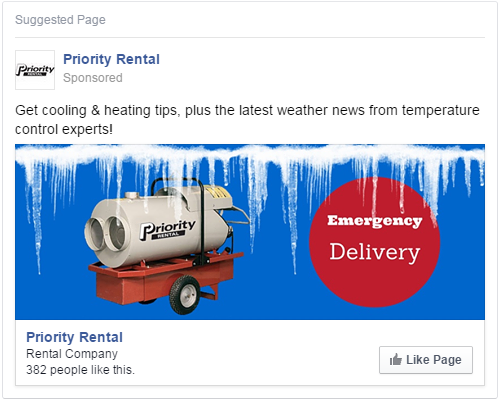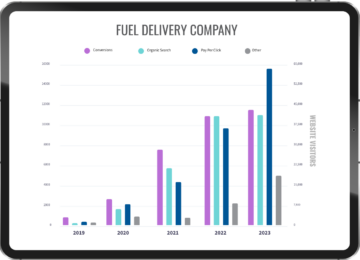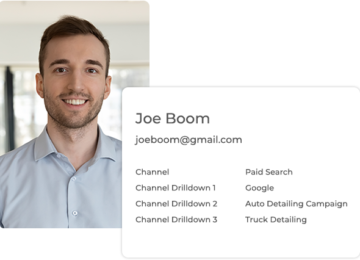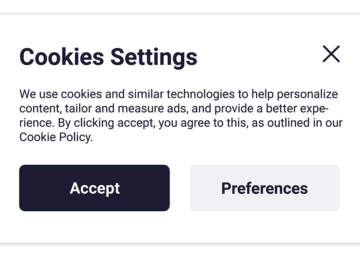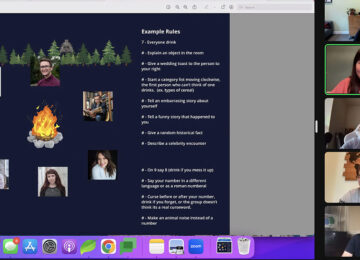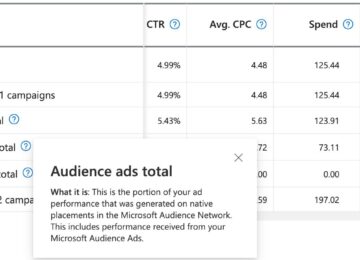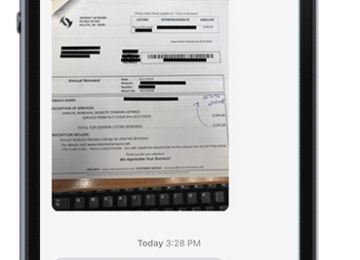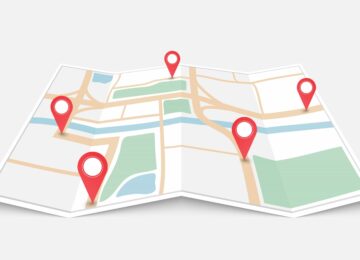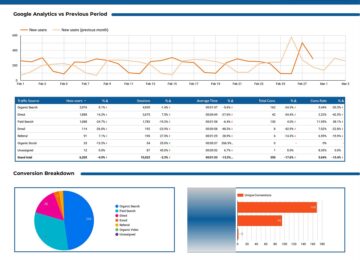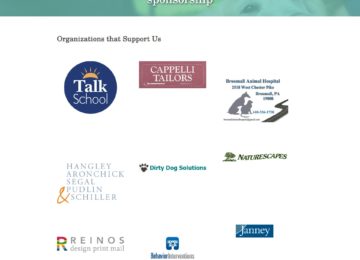 Have you ever noticed that once you look at a product on a website, from that moment on that product seems to haunt you? OK, so maybe ghosts aren’t actually following you around, but still, you start to see the product all over your internet browser. Take, for example, when I started looking for an HP computer monitor recently on Amazon. After looking at one of the models, I immediately started seeing it everywhere. I logged onto Facebook, and BAM, there it was. Next thing I know, I’m reading an article on CNN, and there’s that monitor stalking me again. A few days later, I finally give in and make the purchase.
Have you ever noticed that once you look at a product on a website, from that moment on that product seems to haunt you? OK, so maybe ghosts aren’t actually following you around, but still, you start to see the product all over your internet browser. Take, for example, when I started looking for an HP computer monitor recently on Amazon. After looking at one of the models, I immediately started seeing it everywhere. I logged onto Facebook, and BAM, there it was. Next thing I know, I’m reading an article on CNN, and there’s that monitor stalking me again. A few days later, I finally give in and make the purchase.
This clearly isn’t just a coincidence that I’m seeing this ad. This advertising method is called remarketing, and it is designed to show you ads related to a site you recently visited. So, when a visitor goes to a website, they are given a tracking cookie, which triggers that website’s ads to show for that same visitor in other places on the internet. By giving the visitor a reminder of what they were looking at, you increase your chances of converting that visitor into a customer, or at least getting them to like your Facebook page or return to your website.
Setting up remarketing ads might seem like a time consuming and expensive process, but it’s actually a fairly inexpensive advertising option that can give your website extra exposure.
Remarketing on Facebook
Facebook has a number of remarketing options. The Facebook ad platform gives you the option to increase likes of your Facebook page, get a Facebook user to visit your website, increase engagement on a particular post, and more.
Let’s think specifically about how remarketing can help you get more Facebook likes.
Your website may have a “Like” button or Facebook icon displayed prominently on your home page, encouraging visitors to like the page. With everything else you are trying to communicate on your website, the conversion rates of these techniques is very low. By creating a remarketing campaign on Facebook, your website visitors are given a tracking cookie on your website. The next time they sign into Facebook they will see an ad to “like” your business page towards the top of their news feed. Because the visitor already knows of your company, and they are currently on Facebook, this gives you a much better chance of getting a like than other types of Facebook ads. Gaining a Facebook like allows you to continue to reach this person with future posts, which again increases your chance of turning them into a customer.
You don’t need to spend a lot of money to setup and run Facebook remarketing campaigns. Ads can be created quickly and installing the scripts on the website takes only a few minutes. A budget of less than $50 per month can bring in a substantial number of likes. We have seen an average cost of around $1 per like. For those of you who have been posting to Facebook for years and gaining only a small number of likes, this is a great way to accelerate your growth.
Remarketing on Google
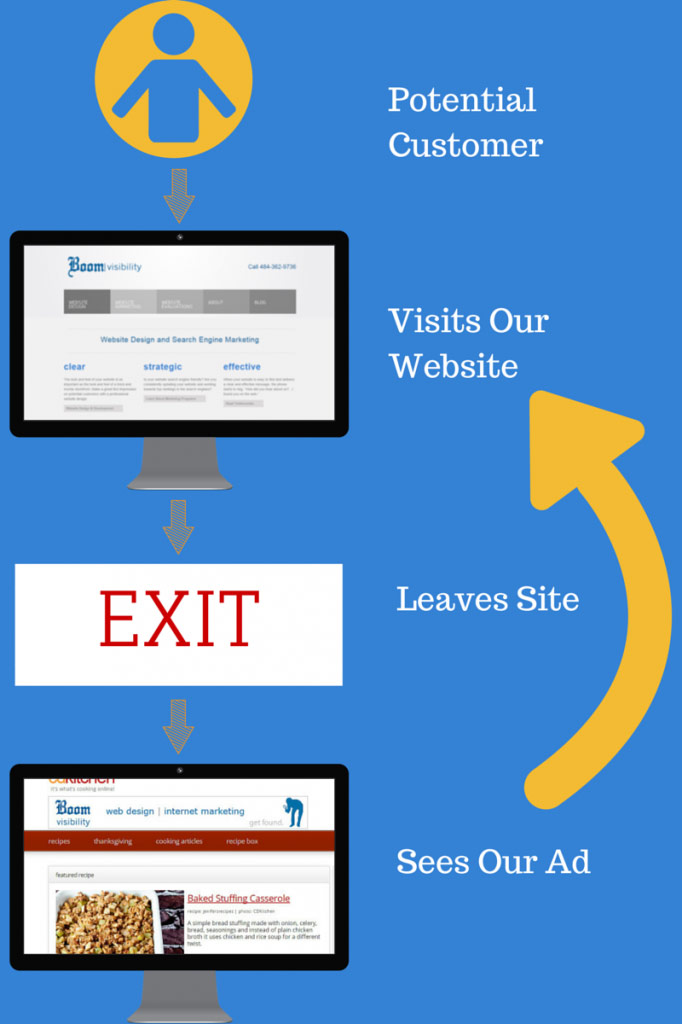
The cost of Google remarketing ads and display ads, in general, are very cheap. For example, in the past 20 days, one of our client campaigns has received 8,000 impressions and just over 500 clicks for $34.48, which comes out to about 7 cents a click. Even if many of these clicks are accidental, a remarketing campaign undoubtedly gives your website and brand more exposure.
Creating these ads requires either writing brief text or creating an image-based ad. Setting up the campaign can take a little bit of time, but the images and text created for the ads can be used in future campaigns (not just for remarketing). In order to create an image-based ad, it’s helpful to have images that match your branding and website theme. The good part about these campaigns is that you can leave them on as long as you would like, and your audience will always be growing.
If you’re worried that some person is going to become so frustrated from seeing your ad, that they will grow to hate you, then worry no more. On Google, you can setup frequency capping to ensure that the same person doesn’t see the same ad too many times.
The End Result
We all spend a lot of money and time trying to increase website traffic. These remarketing techniques are a great way to get more out of this traffic. Once you get them to your site, remarketing ads are your chance to follow up with customers.
